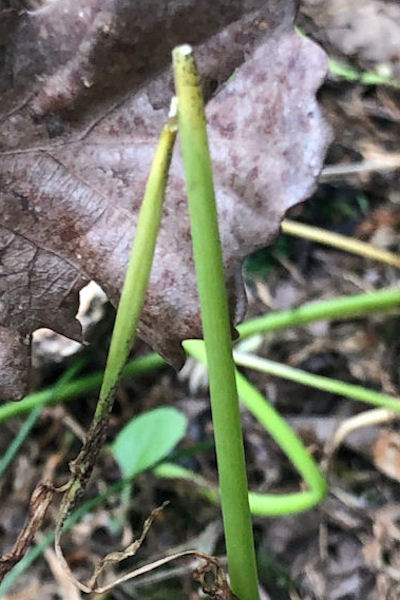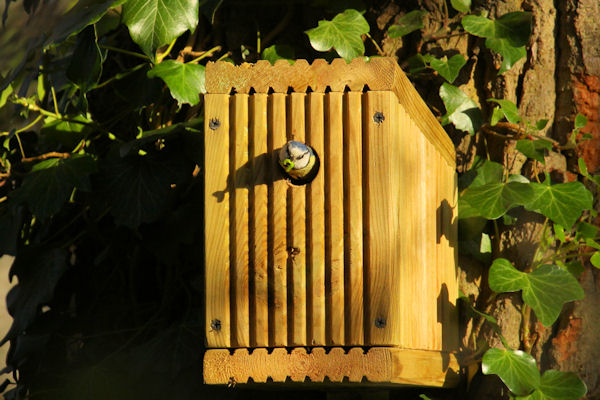What has happened to the Bluebells?
Has anybody noticed that the Bluebells have been very unproductive this year? What I mean by that is that fewer of them appear to have produced prolific seedheads. It might just be me and my unreliable memory, but there are also many stalks which remain unfertilised or which have only one or two seed cases where one might hope for at least half a dozen.
There are a few examples of good seedheads, so all is not lost, but the poorer examples seem to easily outnumber the good ones.
There are also a large number of stalks which appear to have been snapped off. This is something that is difficult to explain.
Bluebells are toxic if ingested and as such, they have very few pests to bother them. Only Muntjac and Roe Deer appear able to stomach them. Rabbits and Squirrels don't enjoy them and will avoid eating them.
Bumblebees are able to circumvent the plant's seduction techniques and can bore a little hole at the base of the flower to seek out the nectar. So the flower is robbed without being fertilised. This might explain a few of the non-pollinated flowers.
Insects need warmth to get going in the mornings, so the cold, wet weather of early spring might have kept other potential pollinators from doing their job.
The snapped off stalks are still perplexing. Perhaps the plant damped off after failing to get fertilised and diverted its energy away from the stalk and back to its bulb where it could be useful again next year?
I don't suspect vandalism or seed collecting. The issue is widespread throughout the wood. Vandalism is usually focussed and concentrated. Seed-stealers would wait for the seedheads to ripen, otherwise the seeds would be of little value. There is one stripped seedhead and it looks like this;
If you have any thoughts about this phenomenon, or recollections of previous years' seedheads, please let me know in the comments section. Better still if you have any photographs, please send them to the blog.
There is a phenomenon called the Allee Effect. This suggests that a high density of plants will attract a high visitation rate from the pollinators. My suspicion is that despite the high density of Bluebells in Bicknor Wood, the weather was such that the pollinators held back waiting for warmer, drier conditions. A more sinister worry is the collapse of insect numbers over recent years. Are there no longer enough pollinators to get the job done?




.jpg)




Comments
Post a Comment